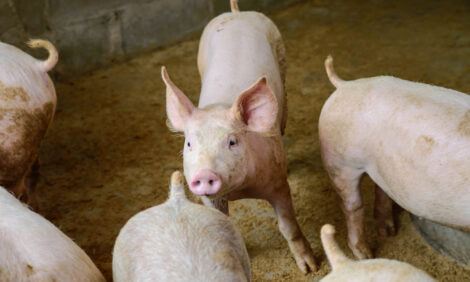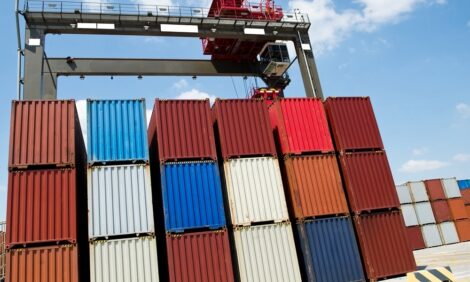



NPA Will Challenge Plan To Scrap Capital Allowance On Buildings
UK - The Chancellor’s proposed scrapping of the capital allowance on buildings will hit pig-keepers harder than most. In particular it will reduce industry incentive to build more energy-efficient pig housing.NPA will ask government not to proceed with the measure, or at least to amend it.
One of the most damaging elements is that it is retrospective. The four percent allowance on existing farm buildings will be reduced to zero over the next four years.
As a result of the Chancellor’s budget proposal leading pig and potato producer R. J. and A. E. Godfrey is now considering scrapping plans for a £450,000 potato store.
Another leading producer, Jim Dewhirst, of Yorkwold Pigpro Ltd, said, ‘Withdrawing the allowance altogether will be yet another nail in the coffin of the intensive farming sector of the United Kingdom.’
Getting rid of the allowance will hamper the British pig industry's attempts to be more competitive against cheap imports of low-welfare pork, said NPA chairman Stewart Houston.
"It also hinders our aspirations towards better buildings with lower emissions and higher British standards of pig health and welfare."
The Chancellor wants to scrap the allowance between now and 2011 because he believes buildings are not in reality a depreciating asset.
NPA will point out to him that this may be true in some industries but it isn’t true in farming - and it certainly isn’t true of the pig industry where many producers hope to replace buildings every 15 years, because pigs are so hard on buildings and equipment.
Producer James Black points out that IPPC requires pig producers to adopt Best Available Techniques.
This may ultimately mean the buildings they currently operate have no on-going value in their current state, since they fail to meet Best Available Techniques. To continue to operate they will need to invest in new buildings to improve environmental performance. Because of this, he hopes the Chancellor can be persuaded to make pig housing eligible for writing down as a long-life asset, which attracts a capital allowance of six percent (ten percent from next year). Currently the long-life asset allowance applies to plant and machinery with a "useful economic life" of at least 25 years.








